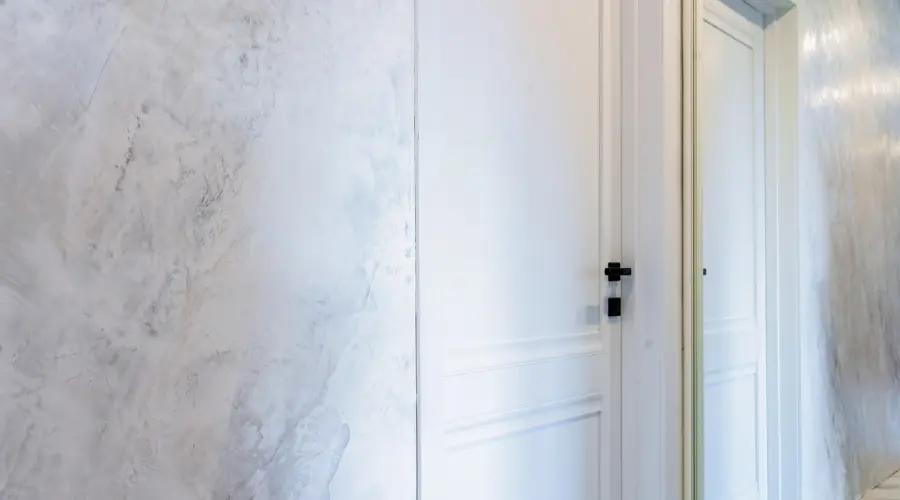The ideal paint color for your interior might be exciting yet intimidating. With thoughtful planning, you can transform your living space into a reflection of your style while ensuring harmony and functionality. Here are expert tips and FAQs to guide your journey.
Key Takeaways:
- Continuity is Key: Ensure colors flow seamlessly, especially in open floor plans.
- Accent Smartly: Use bold colors sparingly to add character without overwhelming.
- Room Matters: Experiment with vibrant shades in smaller, closed rooms like bedrooms and bathrooms.
- Express Personality: Reflect your style while aligning with trending earthy tones.
- Use Tools Wisely: Leverage color wheels, paint samples, and visualizers, but validate choices under lighting conditions.
Continuity Across Main Rooms
Keeping the color scheme constant is crucial for homes with open floor plans. The visual connection between living spaces like the kitchen, living room, and hallways enhances flow and unity.
Expert Tip: Jonathan Shenk, owner of Greenleaf Painters, emphasizes, “Color continuity is vital. Consider bold contrasts only on accent walls or in rooms with distinct separations, like those with doors.”
Best Practices for Open Floor Plans:
- Stick to neutral or muted tones that complement each other.
- Use transitional shades for hallways to bridge adjoining rooms.
- Experiment with bold accents sparingly to maintain harmony.
Bold Colors: When and Where
Bright colors like vibrant blues or greens are striking but can overwhelm when overused. Incorporate them strategically in areas where you spend limited time.
Ideal Spaces for Bold Colors:
- Bathrooms: Smaller spaces can handle dramatic hues without feeling overbearing.
- Bedrooms: Closed rooms offer opportunities for personalization without disrupting the overall flow.
- Accent Walls: Add a pop of color to create visual interest without committing to an entire room.
- Pro Insight: “People enjoy bright colors in small rooms because it allows them to showcase their personality in a low-risk way,” says Shenk.
Express Your Personality Through Paint
Your home should reflect your unique taste. While earthy, calming tones are trending, don’t shy away from injecting your personal preferences into your design.
How to Decide:
- Start by listing your favorite colors and comparing them to trending palettes.
- Look for inspiration in textiles, artwork, or furniture you own.
- Aim for a balance between timeless and contemporary shades.
Example: A slate blue home office offers a serene yet stylish environment that suits work and relaxation.
Tools and Techniques to Simplify the Process
1. Color Wheel:
A color wheel is a very useful instrument for identifying complementary shades. Place potential colors side by side to determine if they harmonize or clash.
2. Paint Samples:
Before committing, test your choices. Apply swatches to different room areas to observe how they interact with natural and artificial light.
3. Online Visualizers:
Digital tools can help you visualize color schemes but may not accurately represent real-life results. Always validate online choices with physical samples.
4. Lighting Considerations:
Keep in mind that light and shadow can dramatically alter how colors appear. Test for accuracy at various times of the day.
FAQs: Choosing Interior Paint
Q1: Should I use the same color throughout my entire house?
A: It depends on your home’s layout. For open floor plans, consistent colors ensure flow. Feel free to vary the palette for homes with defined spaces while maintaining complementary tones.
Q2: What’s the best way to choose a bold color?
A: Test bold shades in smaller, closed rooms like bathrooms or bedrooms. Use accent walls to introduce vibrant hues without committing to large areas.
Q3: How do I know if two colors will clash?
A: Use a color wheel or test paint samples side by side. Observe them under the room’s lighting to ensure compatibility.
Q4: Are online color visualizers reliable?
A: They’re great for initial ideas but not 100% accurate. Always back up your digital selections with physical paint swatches.
Q5: How can I incorporate trends while staying timeless?
A: Choose trending earthy tones as a base and accentuate with personal touches like bright or unique colors in smaller areas.
Q6: What if I make a mistake with my paint choice?
A: Start with smaller areas or accents. If the choice doesn’t work out, you can easily repaint it. For major spaces, consult a professional painter.
Final Thoughts
Choosing interior paint is an opportunity to infuse personality and style into your home. With these practical tips and expert insights, you can navigate the process confidently and create a cohesive, welcoming space. If you need to figure it out, contact a local painter for personalized advice.
GET A FREE CONSULTATION CALL APEX HOUSEPAINTERS TODAY!
Planning to refresh the exterior of your commercial property or give your home’s interior a new look? Start with a clear understanding of the costs involved. Contact us for an accurate and reliable painting estimate to bring your vision to life!







